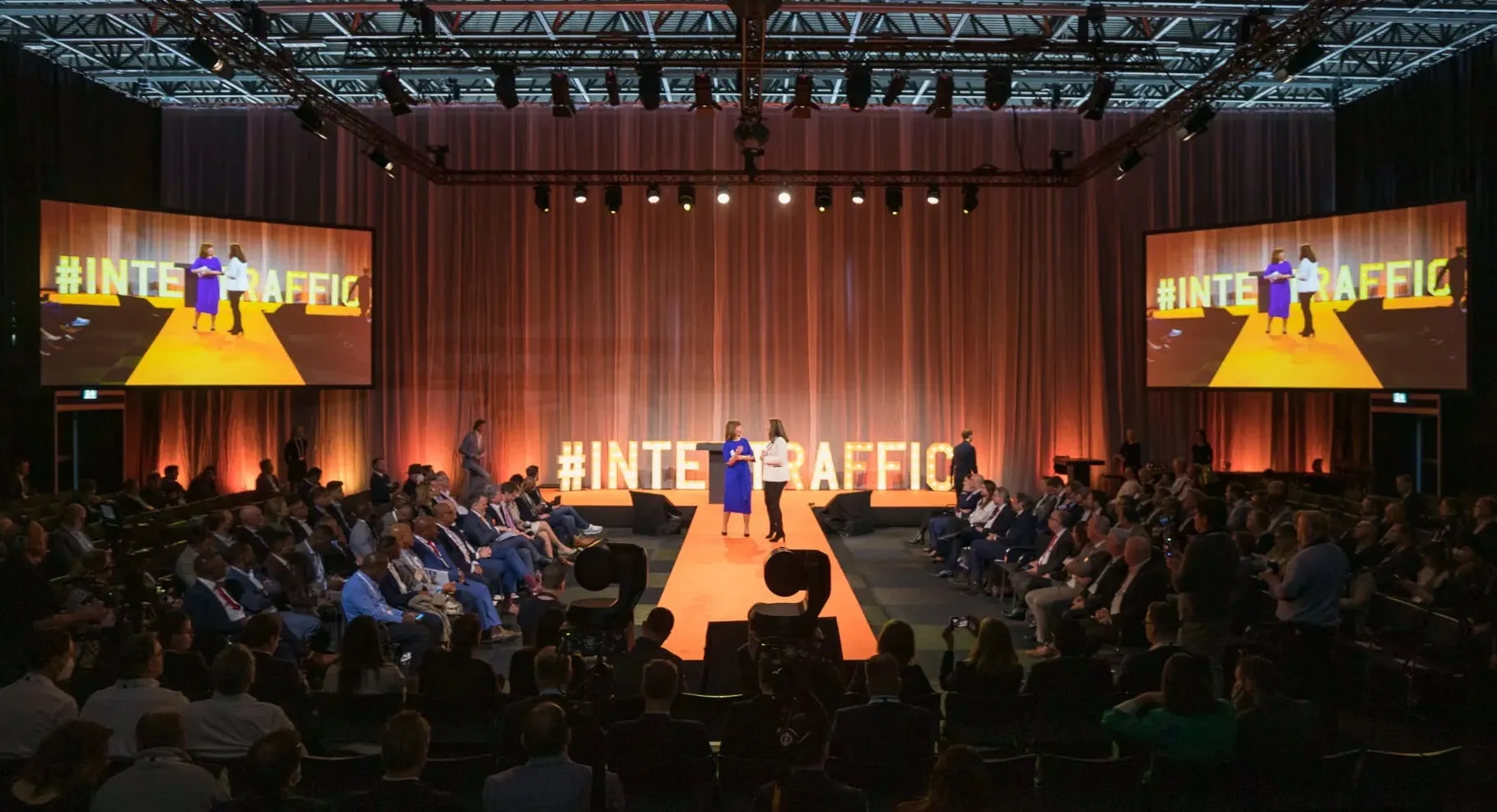Image Sensing Systems has launched its first software-only product, CitySync Recognition as a Service (RaaS), which provides access the CitySync licence plate recognition (LPR) engine.
September 16, 2014
Read time: 1 min

The stand-alone solution can be implemented into any size organisation or infrastructure without the need for purchasing expensive software. CitySync RaaS is an adaptable cloud-based system that can also be installed as an on-premises solution.
According to Kris Tufto, president and CEO of Image Sensing Systems, customers recognise that the backbone of any successful LPR solution is the optical character recognition and CitySync RaaS allows even casual users to take advantage of what he says is the best LPR engine in the industry.









